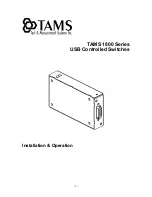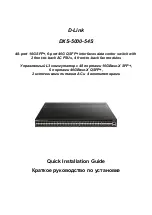
42
Use the
undo user privilege level
command to restore the default.
By default, the default command level is 3 for the console user interface and 0 for other user interfaces.
Examples
# Set the command level for users logging in through VTY 0 to 0.
<Sysname> system-view
[Sysname] user-interface vty 0
[Sysname-ui-vty0] user privilege level 0
After you Telnet to the device through VTY 0, the terminal only displays commands of level 0 in the help
information:
<Sysname> ?
cfd Connectivity fault detection (IEEE 802.1ag)
display Display current system information
ping Ping function
quit Exit from current command view
ssh2 Establish a secure shell client connection
super Set the current user priority level
telnet Establish one TELNET connection
tracert Trace route function
user-interface
Syntax
user-interface
{
first-num1
[
last-num1
] | {
aux
|
vty
}
first-num2
[
last-num2
] }
View
System view
Default level
2: System level
Parameters
first-num1
: Absolute number of the first user interface. The value range varies with devices, and typically
starts from 0.
last-num1
: Absolute number of the last user interface. The value range varies with devices, and typically
starts from 0, but cannot be smaller than the
first-num1
.
aux
: Specifies the AUX user interface.
vty
: Specifies the VTY user interface.
first-num2
: Relative number of the first user interface. The value range varies with devices for an AUX user
interface and the value is in the range of 0 to 15 for a VTY user interface.
last-num2
: Relative number of the last user interface. The value range varies with devices for an AUX user
interface and the value is in the range of 0 to 15 for a VTY user interface, but cannot be smaller than
first-num 2
.
Description
Use the user-interface command to enter a single or multiple user interface views.
In a single user interface view, the configuration takes effect in the user view only.
Summary of Contents for A7500 Series
Page 7: ...v Index 210 ...
















































